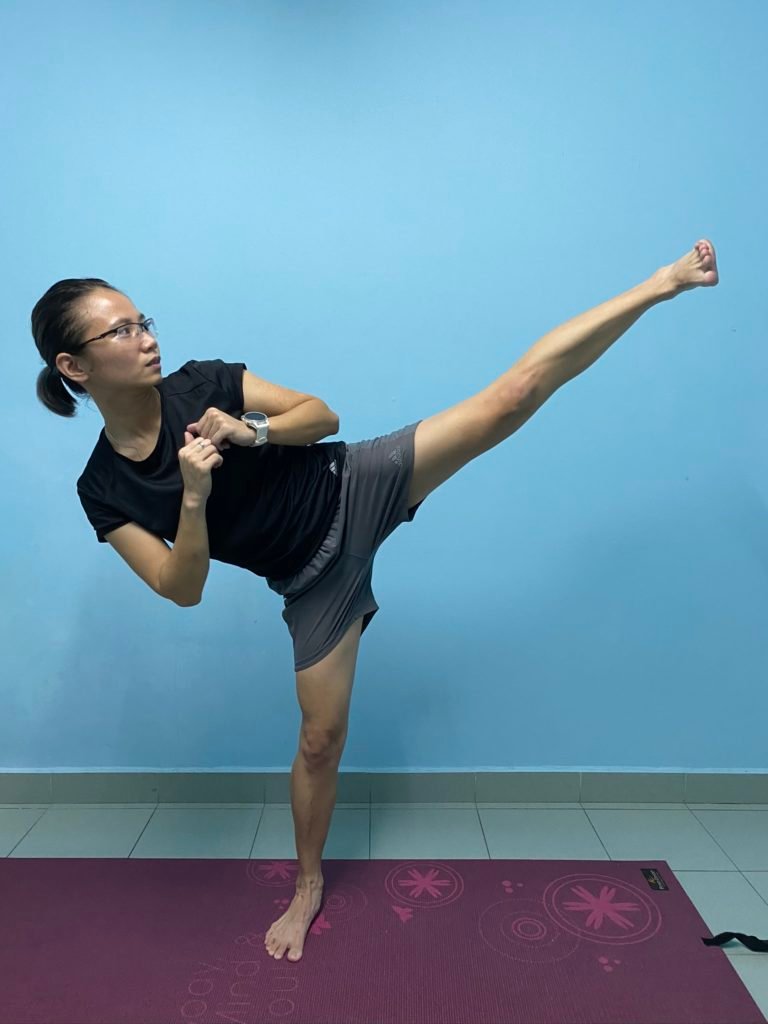How many of you have actually come across the word mobility & flexibility, and feeling confused about the two? If that is you, don’t worry because I used to be puzzled by the two as well. Right now, if you try to ask Mr. Google about it, you can still get a variety of definitions from different sites, depending on who defines it. So, should we listen to a researcher, clinician or layperson?

Firstly, we need to have a basic understanding of each terminology. Generally, mobility is used for joints whereas flexibility is used for soft tissues. Mobility refers to the ability of a joint to move freely through its range of motion (ROM) while flexibility refers to the extensibility of muscles & soft tissues across a joint.
Now let’s imagine it this way. A joint is surrounded by muscles & other soft tissues. So in short, mobility & flexibility are interdependent. However, the ability of muscles to lengthen does not guarantee its strength to hold the position, and therefore flexibility may not be functional. But a joint with good mobility indicates functional & healthy range of motion. Therefore, mobility is more commonly used these days when it comes to movement health.
So why do we need mobility & why is it important in movement health? Our human body is made up of 206 bones & the joints in between bones allow movements to occur. Some joints allow for a wider range of movement as compared to others. For example, ball & socket type of joints like the hip & shoulder allow movement in all directions; hinge joints like knee & elbow only allow for one plane of motion.
However, there is no one joint that works alone. As you sit down, your ankle, knee & hip joints will be synchronized to flex and lower you down to the chair height; to be able to perform a golf swing, you need to rotate your hip, spine, shoulder & arm. So when you think of the countless movement possibilities, it is important to keep in mind that each joint needs to be able to carry out their roles & responsibilities so that proper movement can occur.
Let us now think of how our body parts are connected together by the various joints from the ground up:
- Foot
- Ankle
- Knee
- Hip
- Lumbar Spine
- Thoracic Spine
- Cervical Spine
- Scapulothoracic
- Glenohumeral
- Elbow
- Wrist
As you can see, our body is a series of interconnected joints where the movement of one joint directly affects the movement of other joints above and below, creating a kinetic chain relationship. For movement to be efficiently executed, there must be some kind of stability (i.e., anchor point) along the kinetic chain to leverage the force that is being produced.
This is explained in Gary Gray & Michael Boyle’s joint-by-joint theory where amongst the joints listed above, they can be categorized into mobility- or stability- based joints. While the roles of each joint may vary from time to time based on the desired movement, their natural shapes & structures have given us enough clue to their primary function.

Problems occur when joints that are supposed to be mobile become restricted, so the body is forced to look for mobility from the adjacent joint, causing a disruption in this alternating pattern. As a result, injury, muscles imbalance, chronic pain & bony malalignments may lead to joint dysfunction and ultimately movement dysfunction due to the compensation pattern.
Now do you see why mobility is important for movement health? Many injuries can be avoided simply by improving the mobility of your joints. But, as mentioned in our core value, we should always respect individuality. Therefore, in order to determine if joint mobility is an issue for you, INITIAL assessment should be based on you and you alone. For example, a golfer may need a lot more rotational range as compared to someone who needs a rotation movement for normal house chores.
Also, please bear in mind that neither mobility nor flexibility assessment is going to be functional if it is being measured passively. What is the point of being able to achieve a greater range without the ability to control motion in that end range position, right? And this is where nervous system comes into play, affecting both mobility & flexibility. But we will be discussing this topic in another post as there is just too much information to share!
Meanwhile, what you can do now is to start working on your mobility as the foundation to build a better quality movement in your daily life!